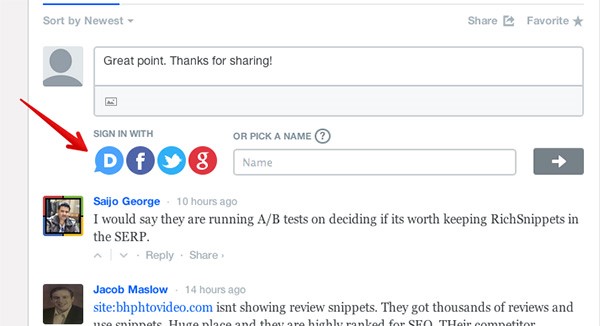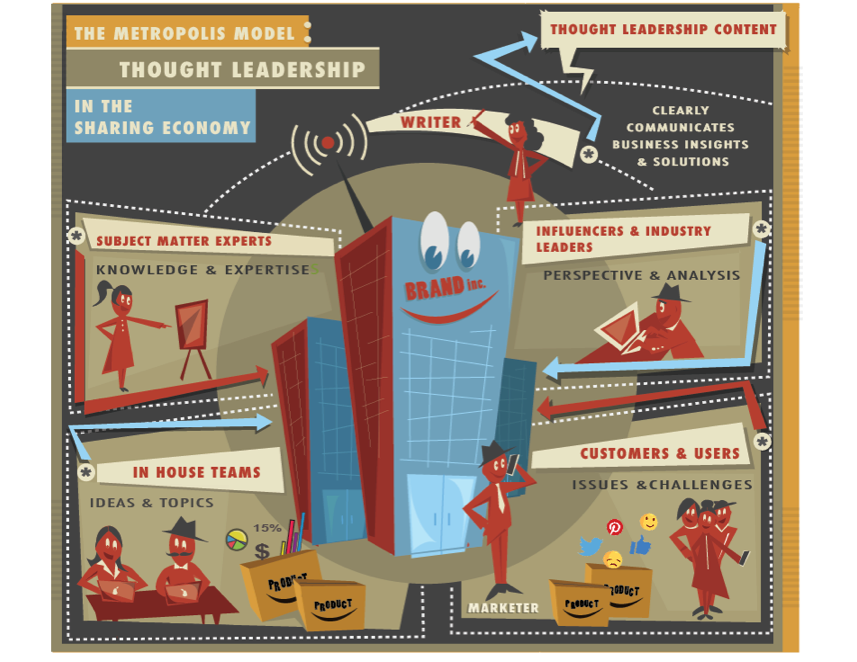Keeping a company’s web content current, relevant, and thought-provoking to potential clients is a 24/7 job. The task is much simpler when you outsource it to a competent agency whose job is to create superb internet material for you.
Your web-based content is simply better, there is more of it, and it is up-to-the-minute. Outsourcing has advantages.
Still, important questions remain. Will an agency’s writers convey your company’s distinctive voice and style in all your content? How do aquality agency’s methods help it achieve that goal? And how can you help?
Hire a writing agency: content writers as partners
Before considering how to keep your branding consistent when using an agency, consider the size of the shift North American companies have made toward outsourcing content, and some of the rationale behind that shift.
According to a 2020 study conducted by Content Marketing Institute and MarketingProfs, “50% of all [study] respondents outsource at least some of their content marketing, with content creation topping the list of outsourced content marketing activities for all respondents (84%).”
In a January 2021 article for Forbes, Amine Rahal touched on the thinking behind the trend:
To compete with the big dogs, your website needs a sound marketing strategy that involves a near-constant supply of high-quality, error-free, relevant, and search-engine-optimized content. If you’re running a website yourself, good luck managing all of that while also juggling all the other responsibilities of being a webmaster and business owner. Even with an in-house team of content creators, you might find that you’re too budget-constrained to rival the output of your competitors. Or your existing team simply isn’t producing the results necessary to hit your search engine optimization (SEO) targets.
In effect, you expand and improve your capacities when you outsource content creation to a team of capable writers. (And you do so without paying salaries, benefits, and tax contributions for content writers, as you do for your employees.)
Your SMEs are great at what they do. After all, they’re your experts. But they may not be expert writers or have time to write web content.
An adept agency’s content writers will interact respectfully with the SMEs you choose to get the information they need to ace your content.

Its writers are good at asking the most pertinent questions and making those interactions pleasant and efficient.
They can do lots of research when it is needed, and they consistently meet deadlines. Even very large projects are not a problem for a well-staffed writing agency. Its staff will consult with your key employees to prioritize the pieces of your project, then bring in as many writers and editors as needed to complete them on deadline.
Your outsourced writers and editors will work with enthusiasm, making collaboration enjoyable. As in other businesses—like yours—a nimble agency’s content writers love what they do because it is what they do best.
Outsource content of many types
A competent agency’s writers deliberately maintain the look and sound of your company’s brand throughout all your content. (Or even help you change it up if that is your goal.) The agency will consult with you and your staff to identify your brand’s voice and then reproduce it in each of your content categories.
Your company’s website
Building or rebuilding your website is an enormous project. A sizeable writing agency with a process in place can handle any size corporate website construction or revision.

When you hire a writing agency with a diversity of expertise within its staff, it will assign writers and editors who already know or will quickly learn about your industry and your place in it.
They don’t mind doing all the reading it takes to get to know your company and the terms and lingo used to describe its products or services.
Many are trained journalists. They know the art of the interview; how to ask defining questions about your business, branding, customers, and your goals for your site.
Working with your departmental leaders and SMEs, agency writing teams create to-the-point content for your website’s pages, retaining your unique voice and style.
They also coordinate with your web designer on the structure of your site, choice of images, and the placement of all your content, so your customers can find what they came for and enjoy the experience.
These decisions are as important to your branding as word choice.
Blogs
In no place is your brand’s voice more important than in your company’s blog posts. They are a personal conversation with your customer.
When you hire a writing agency with a depth of experience to create them, you hire a team of writers that understands this and will work with you to ensure your blog speaks with your company’s voice to your target client.
As Entrepreneur contributor Bhavik Sarkhedi recently wrote, “The essence of a blog is very important for a company as it is the narrative of the product and serves as a testament of the quality and reliability of the brand.”
Scannable, visually captivating blogs will grab your readers’ attention.
Before writing them, agency content writers will interview your SMEs, cull the highlights of what they learn to formulate headlines and subheads, and consult with your SMEs on images and graphics.

Social media campaigns
Creating and unifying your firm’s messaging across Facebook, Twitter, LinkedIn, and elsewhere in the social media universe requires time and talent. Making and remaking meaningful connections with your customers on these platforms often is vital to staying relevant in your market.
Hire a writing agency that prioritizes understanding your company and its voice, so your posts look and sound authentic. One whose writers and editors know social media well and are practiced in writing for each platform. Your messages need to be finessed to fit their locations.
Of course, you don’t just want readers of your social media posts, you want responders! Outsource your social media content writing to an agency that knows the art of getting visitors to respond to your posts and share them (free advertising!)
Wikipedia
Wikipedia gets a lot of traffic, often catching readers on the first page of their search results. Do you want your companyto contribute to its online topical library?
Do you know Wikipedia’s rules and what types of topics the site will accept? Savvy content writers do.
When you outsource content writing for your Wikipedia articles, you coordinate with agency writers to select topics. You also enlist their help with research, if needed. They work hard to integrate your voice, and you approve the finished product after they make any changes you request.
E-Books
To share your thoughts via an e-book and make creating one a painless—even pleasant—process, you and your SMEs first share your thoughts with content writers who will help you (if necessary) home in on a topic. In this process, you settle on a book that will attract your customers’ attention—one that answers their pressing questions and provides the solutions they need.
A crackerjack agency’s writing teams have worked across a spectrum of industries, so they easily adapt to your company’s specialties. They understand—or understand how to find—the kinds of specifics your e-book needs to include.

If you already have a manuscript for your e-book, hire a writing agency’s expert editors to perfect its grammar, spelling, and flow before it makes a public appearance on your website. They also understand the use of graphics and are skilled at helping you choose or create images that support the book’s text.
These professionals ensure your e-book cuts to the chase with your message—as digital content needs to do—with headlines and subheads that keep potential clients’ interest while keeping your voice and style.
Traffic-Building
That is, of course, what you want all of your web content to do—bring traffic—the customer/client-type, to your site. And grab your visitors’ interest when they get there.
When you outsource content writing for each element of your web content to a talented writing agency, you hire a team of skilled writers and editors who share your goals. The team works with you to identify, reach, inform and impress your target readers.
Outsourcing content: your part in the partnership
There are some practical steps you can take as a business owner or executive to get your partnership with a writing agency off to a great start and ensure its success.
Provide an outline
Writersmarketing.com suggests that business clients start a piece of writing by providing their ghostwriters (unnamed content writers) with an outline that will help clarify what they want to say.
This is a real option, either when getting started with an agency or as a consistent way of working with your agency’s writing teams.
Provide a guide
One of the greatest ways you can help your hired writing agency is by providing your outsourced content writers with a style guide, either one that exists or (preferably) one that you make up to suit your brand’s preferences. Your marketing department can write up a style sheet or guide to be used for each type of content.
Alternatively, you or your marketers can simply instruct the writing agency verbally on your guidelines and ask for a written copy of your instructions to be sure all is clear.
Your guide can specify elements that make your content scannable—such as short paragraphs, frequent subheads, and bullets.
It can stipulate the use or non-use of certain punctuation; a formal or informal tone; and slang words to use or avoid.
It can indicate the types and numbers of images writers should use for each type of content.

It can require frequent links or a specific number of links per section of copy.
As your outsourced content writers “get the hang” of writing in your style, they probably won’t often need to refer to the guidelines but establishing them is a good place to start your collaborative relationship.
Establish a system of communication
When you choose a writing agency for your large or small content writing projects, be sure it is one that communicates effectively, frequently, and precisely.
Once hired, depending on the size of your project, a writing agency may offer options from phone calls to Skype or Zoom sessions to project management software such as Wrike. This type of software allows for projects to be shared at various stages and lets you make changes or request changes at each stage.
Using a skilled team of outsourced content writers with whom you communicate well, your online content will grow in both volume and effectiveness, to accomplish its marketing mission.






